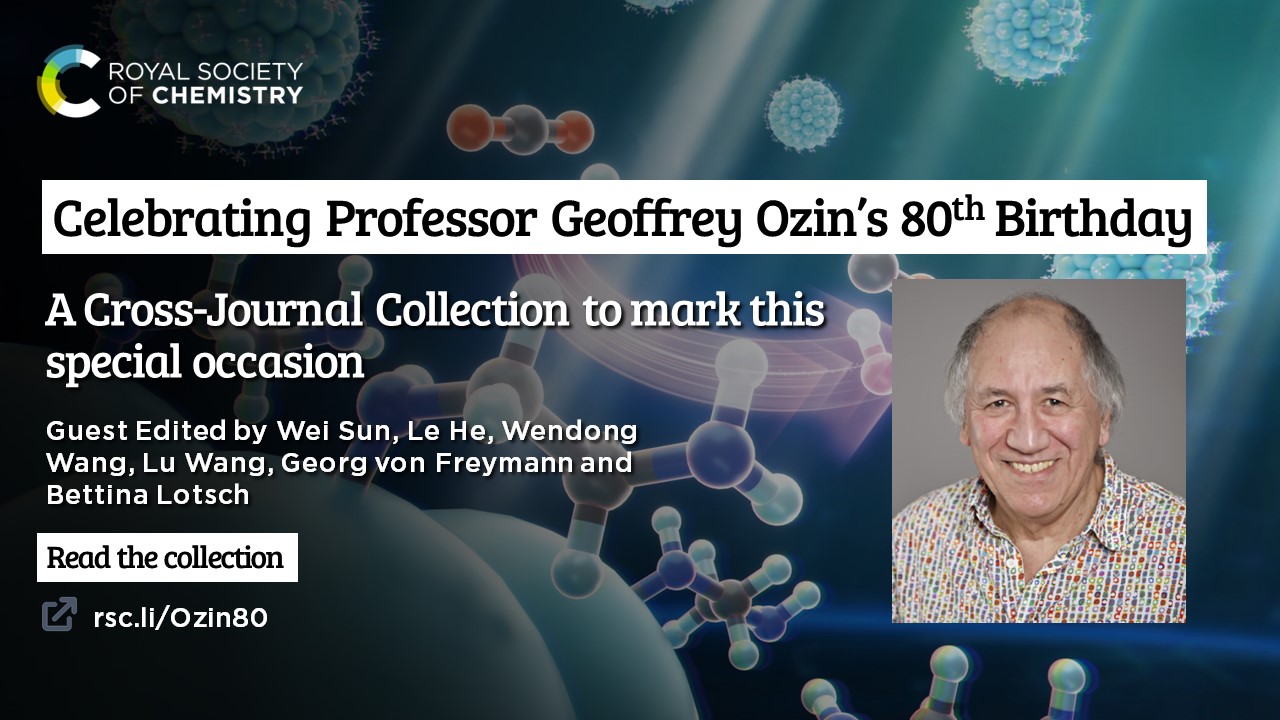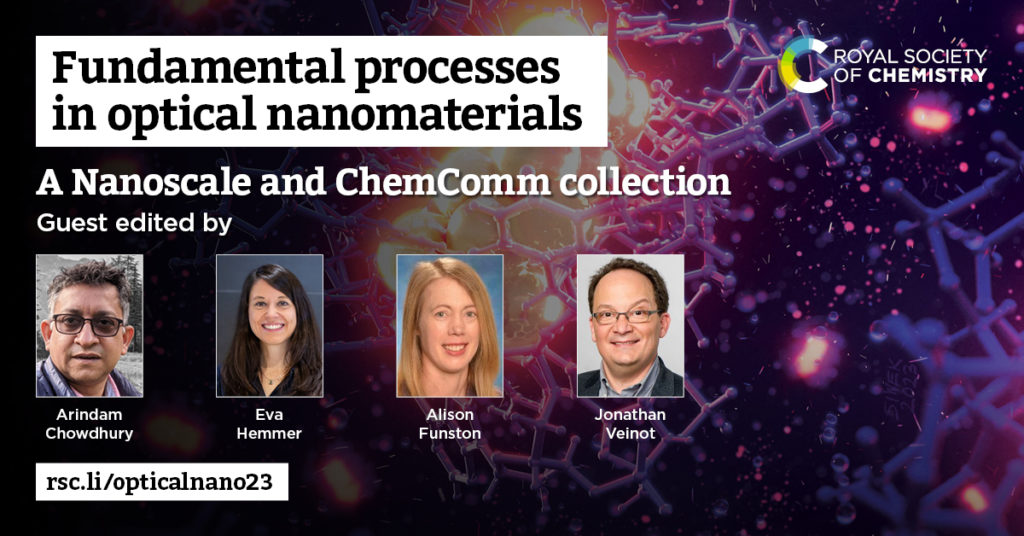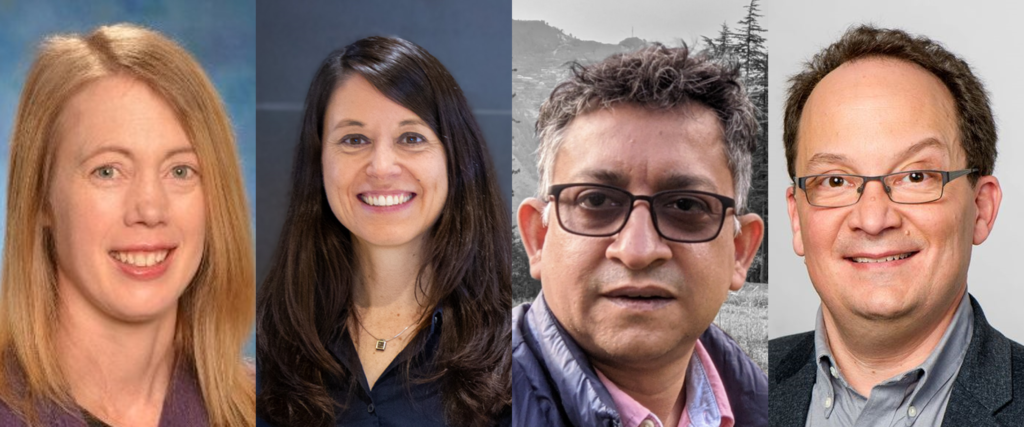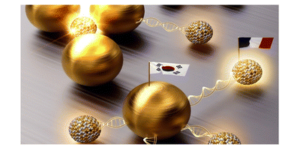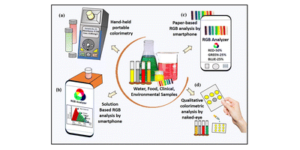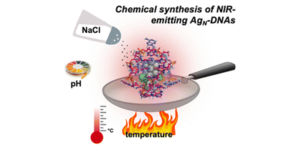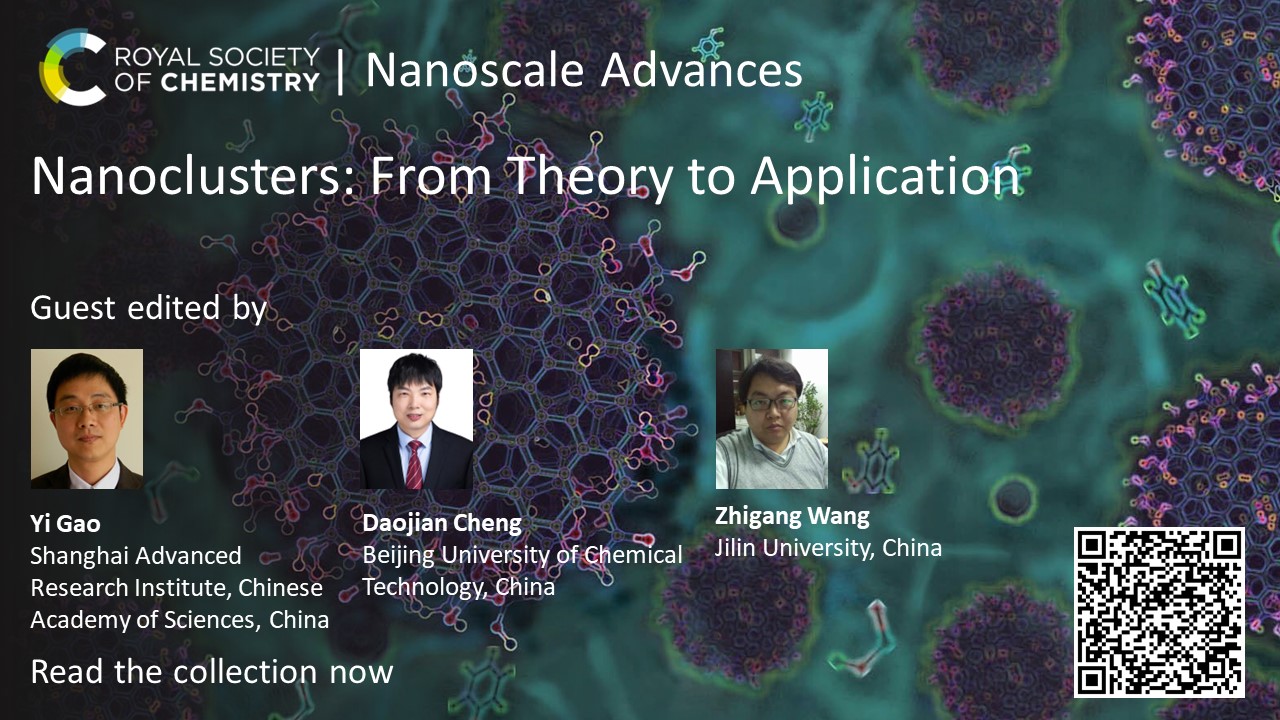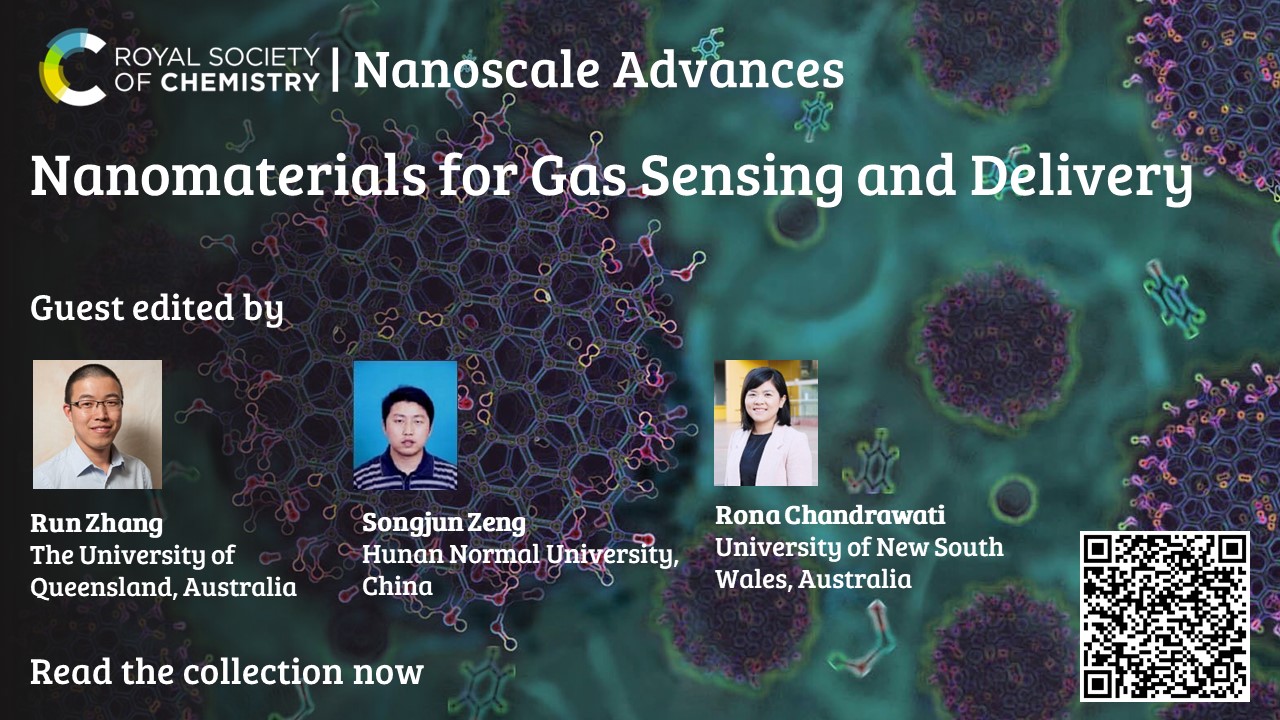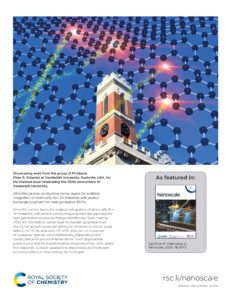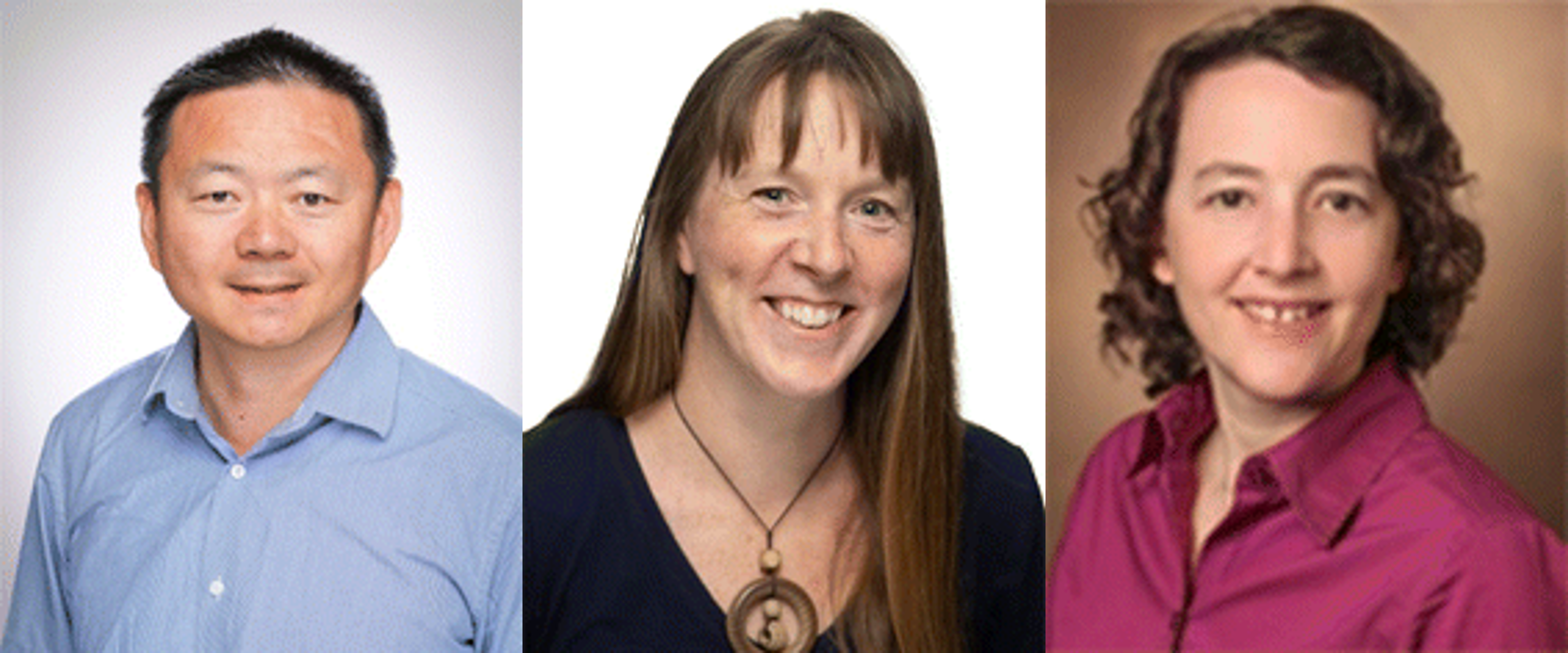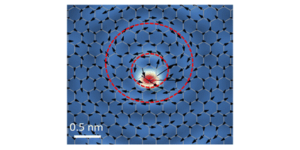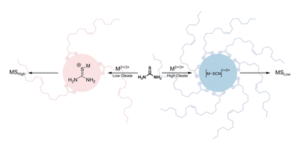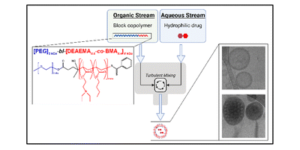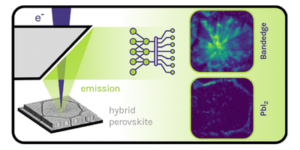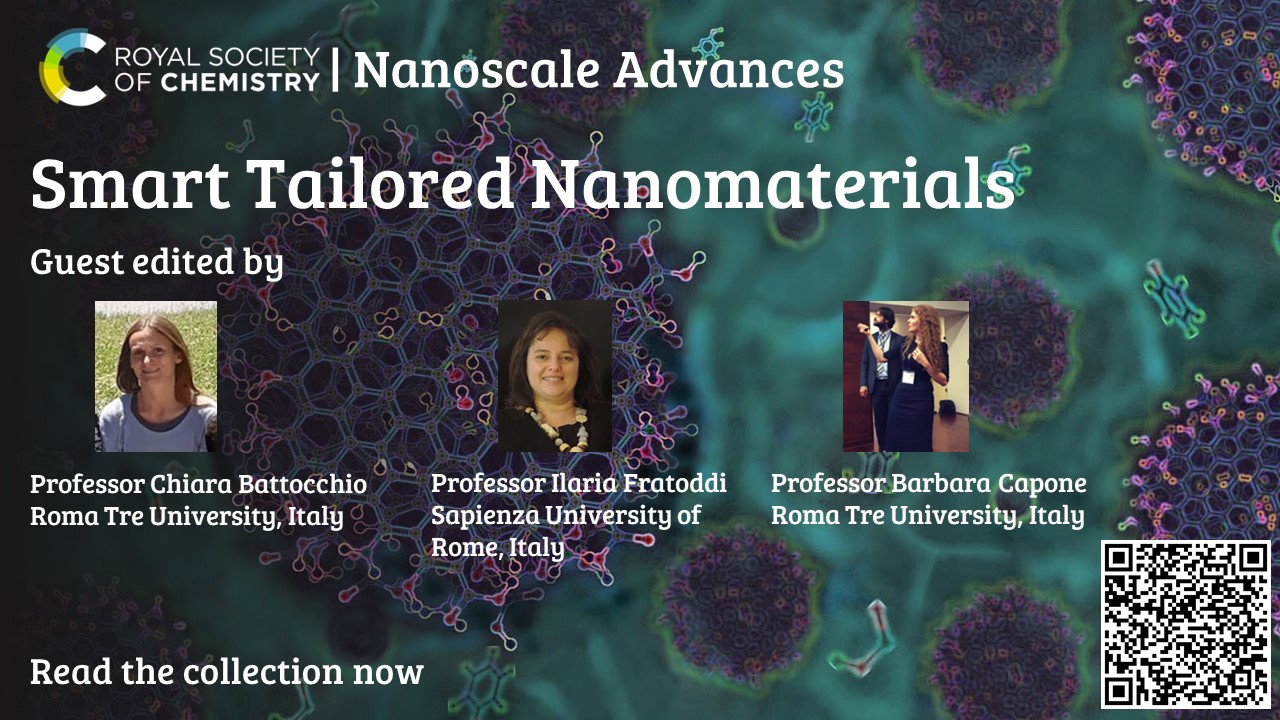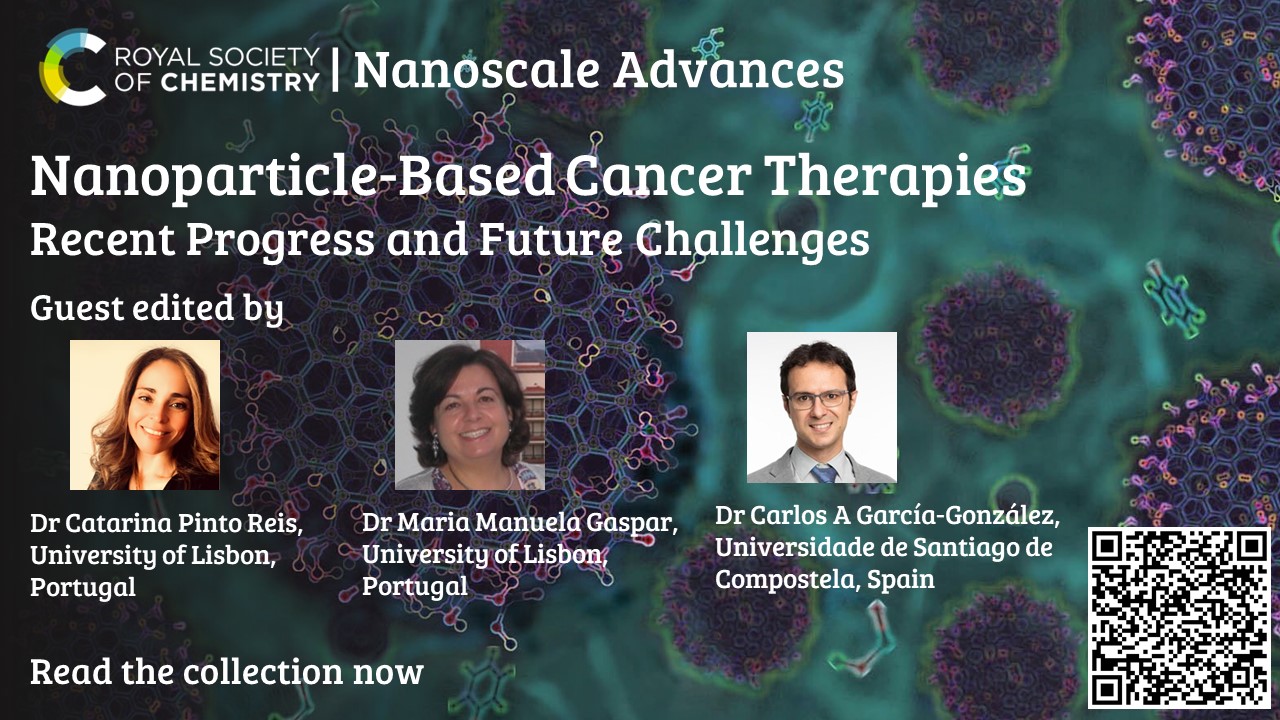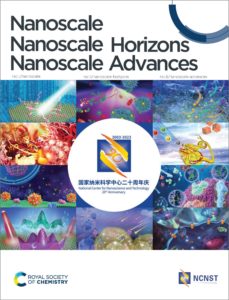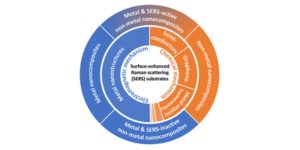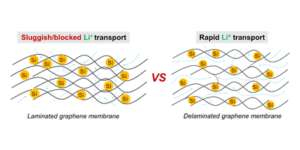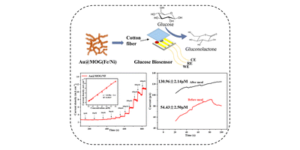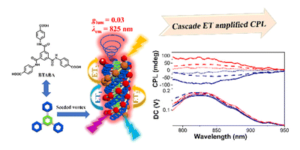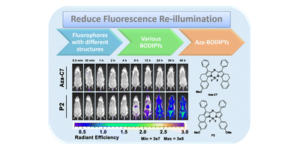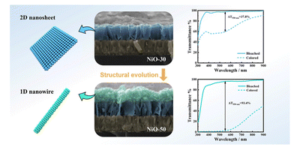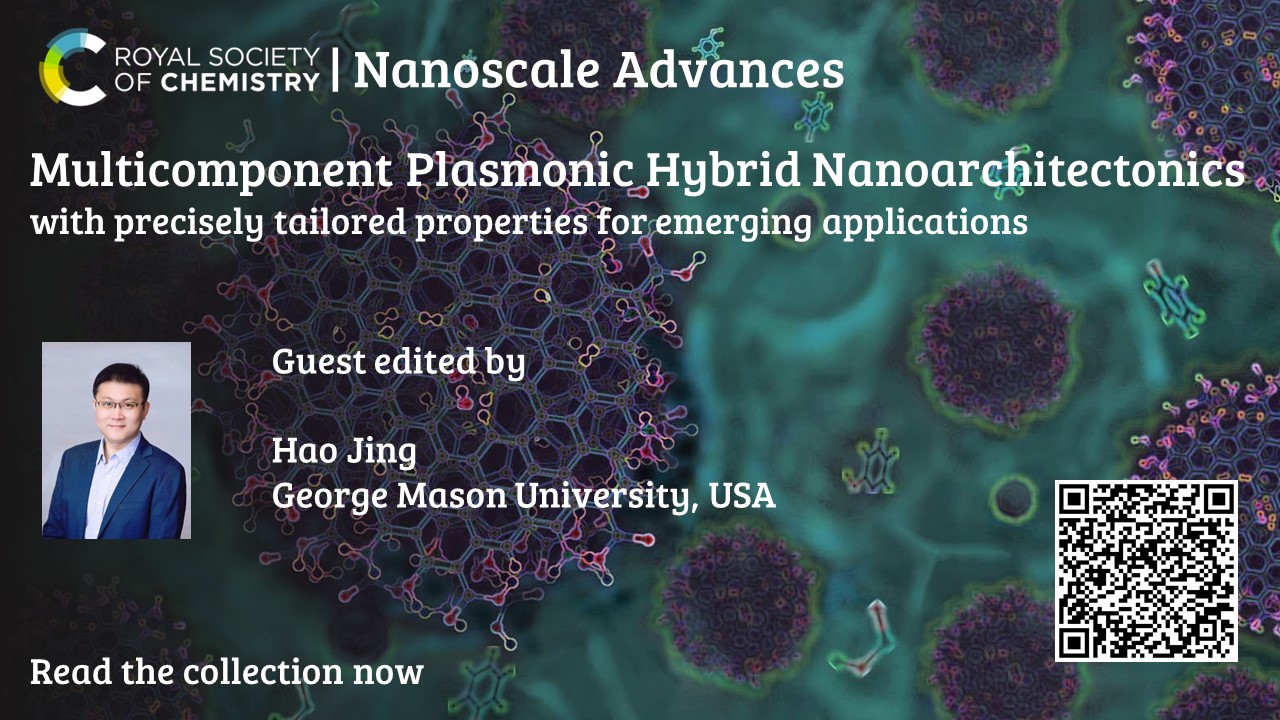Read the cross-journal collection celebrating Professor Ozin’s birthday
We are delighted to introduce our themed collection celebrating the 80th birthday of Professor Geoffrey Ozin!
Guest edited by Professor Wei Sun (Zhejiang University, China), Professor Le He (Soochow University, China), Professor Wendong Wang (Shanghai Jiaotong University, China), Professor Lu Wang (The Chinese University of Hong Kong, Hong Kong), Professor Georg von Freymann (RPTU Kaiserlautern-Landau, Germany) and Professor Bettina Lotsch (Max Planck Institute for Solid State Research, Germany).
This special collection marks the 80th birthday of Professor Geoffrey Ozin, serving as a tribute to his outstanding contributions to materials chemistry and his lasting impact on the scientific community. Widely considered the father of nanochemistry, his work includes pioneering studies of new classes of nanomaterials, mesoporous materials, photonic crystals and nanomachines. This collection aims to reflect the breadth and depth of Professor Ozin’s research interests, inspiring future generations of scientists to continue to push the boundaries of materials chemistry.
A small selection of the papers are featured below, with many more in the collection. All papers are free to access until the end of July, if not already Open Access.
Manganese oxide-based mesoporous thin-film electrodes: manganese disproportionation reaction in alkaline media
Irmak Karakaya Durukan, Işıl Ulu and Ömer Dag
J. Mater. Chem. A, 2024, 12, 6359-6375 DOI: 10.1039/D3TA07973B
Magnetic assembly of plasmonic chiral superstructures with dynamic chiroptical responses
Chaolumen Wu, Qingsong Fan, Zhiwei Li, Zuyang Ye and Yadong Yin
Mater. Horiz., 2024, 11, 680-687, DOI: 10.1039/D3MH01597A
Amine functionalised surface frustrated Lewis pairs boost CO2 photocatalysis
Qinhui Guan, Chengzhe Ni, Tingjiang Yan, Na Li, Lu Wang, Zhe Lu, Weiguang Ran, Yipin Zhang, Wenjuan Li, Lulu Zhang, Dapeng Zhang, Baibiao Huang and Geoffrey A. Ozin
EES. Catal., 2024, 2, 573-584, DOI: 10.1039/D3EY00261F
We hope you enjoy reading this themed collection!


